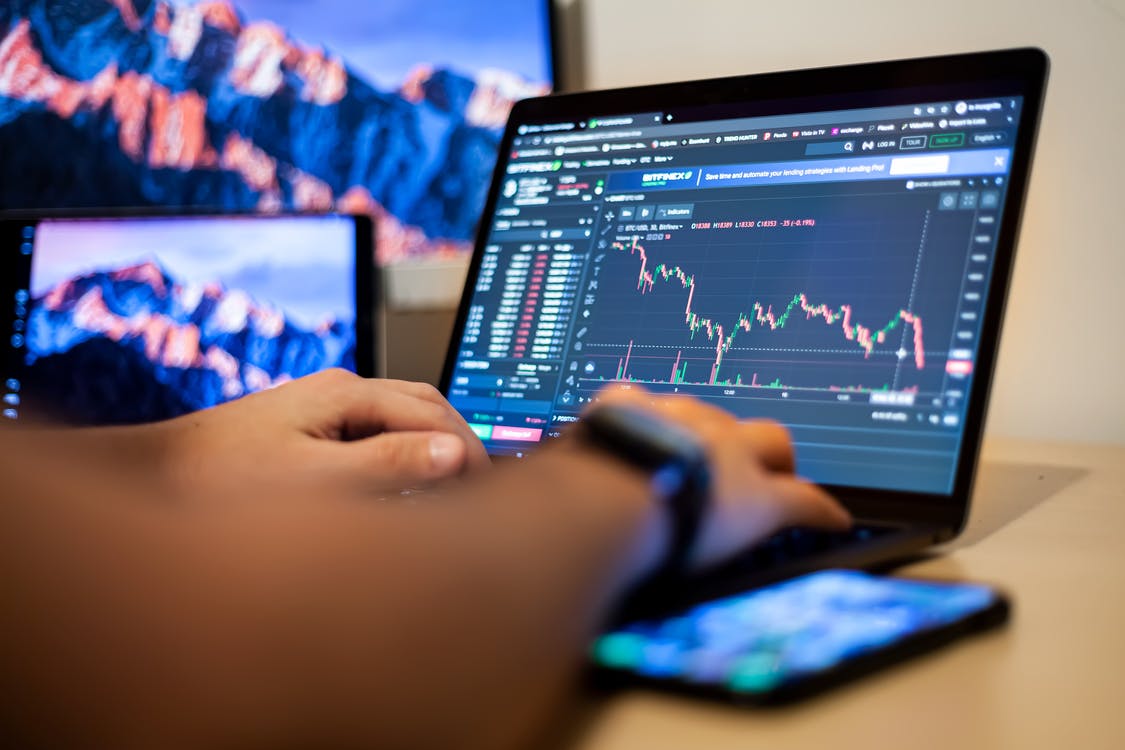Mastering Currency Pairs: A Beginner’s Guide to Forex Trading
The foreign exchange market, or Forex, is the world’s largest financial market, where currencies are traded 24 hours a day, five days a week. For beginners, the realm of Forex trading Read More
In Forex, you trade currencies in pairs, as the value of one currency is relative to another. These pairs are categorized into major pairs, minor pairs, and exotic pairs. Major pairs involve major world currencies traded against the US dollar, such as EUR/USD (Euro/US Dollar) and USD/JPY (US Dollar/Japanese Yen). Minor pairs don’t include the US dollar, like EUR/GBP (Euro/British Pound), and exotic pairs include one major currency paired with a currency from a smaller or emerging economy, such as USD/SGD (US Dollar/Singapore Dollar). A pip is the smallest price move that a given exchange rate can make based on market convention. In most currency pairs, a pip is .0001 of the exchange rate. The spread is the difference between the bid (sell) price and the ask (buy) price of a currency pair. Brokers make their money on this difference, and a lower spread generally means a less costly trade. Forex trading is typically done on margin, allowing you to control a large position with a relatively small amount of money. Leverage is the ratio of the transaction size to the actual investment used for margin. While leverage can amplify profits, it also increases the potential for significant losses, so it’s important to use leverage carefully. Market analysis in Forex comes in two primary forms: fundamental and technical. Fundamental analysis involves looking at economic indicators, such as GDP, interest rates, and employment figures, to predict currency movements. Technical analysis, on the other hand, involves analyzing historical price movements and using various tools and indicators to identify patterns that can forecast future market behavior. Most Forex trading occurs on online platforms provided by brokers. It’s essential to become familiar with the platform’s functions, including how to place different types of orders. A market order executes a trade immediately at the current price, while a limit order sets the maximum or minimum price at which you are willing to buy or sell. Effective risk management is crucial in Forex trading. Always know how much you are willing to risk on a trade and set stop-loss orders to limit potential losses. It’s also wise to only risk a small percentage of your trading capital on a single trade. Before diving into live trading, it’s advisable to practice with a demo account. Most brokers offer these accounts, which operate using virtual money and real market data, allowing you to gain experience without risking actual capital. A trading plan should outline your investment goals, risk tolerance, trading strategy, and evaluation criteria. Stick to your plan and avoid making impulsive decisions based on emotions. The Forex market is dynamic, and successful traders never stop learning. Stay informed about global economic news, and continually refine your strategies and knowledge. Forex trading can be an exciting and potentially profitable activity if approached with discipline, a clear strategy, and a willingness to learn. By understanding currency pairs, market analysis, and the importance of risk management, beginners can lay a solid foundation for their Forex trading journey. Remember, there’s no substitute for research and experience, so take advantage of resources available to you and start off with a cautious approach. What Are Currency Pairs?
Understanding Pips and Spreads
Leverage and Margin
Analyzing the Market
Trading Platforms and Orders
Risk Management
Starting with a Demo Account
Developing a Trading Plan
Continual Learning
Conclusion

